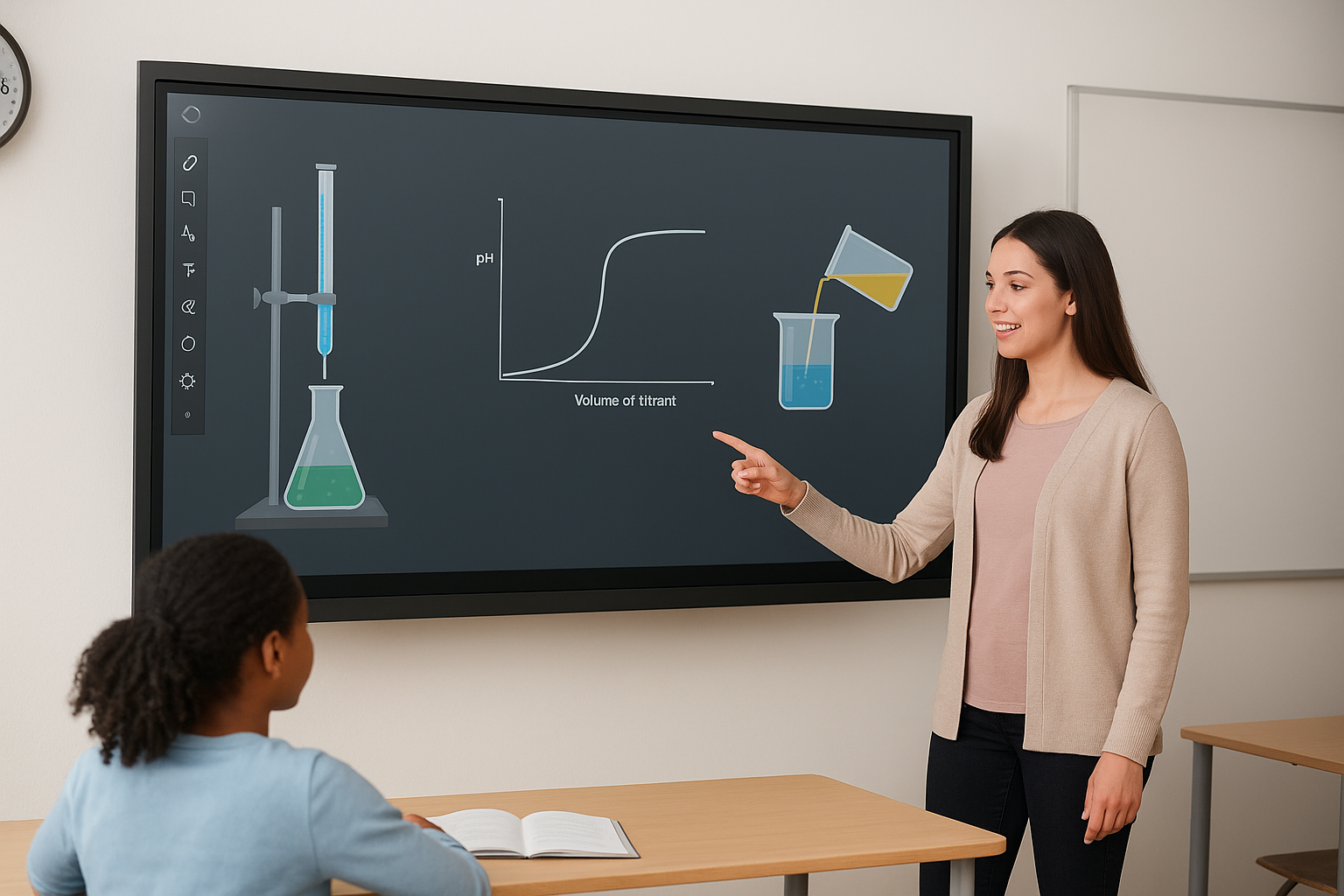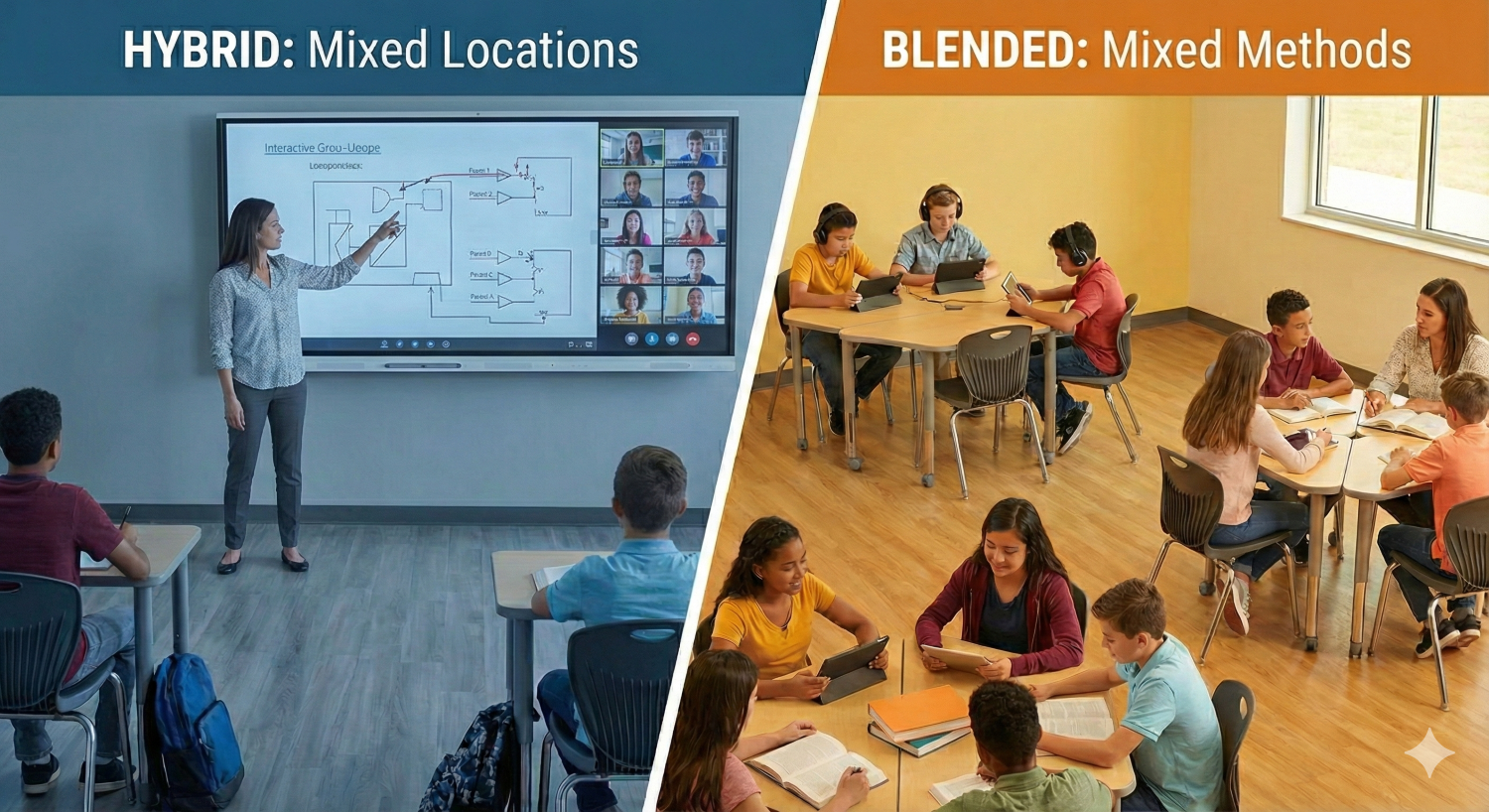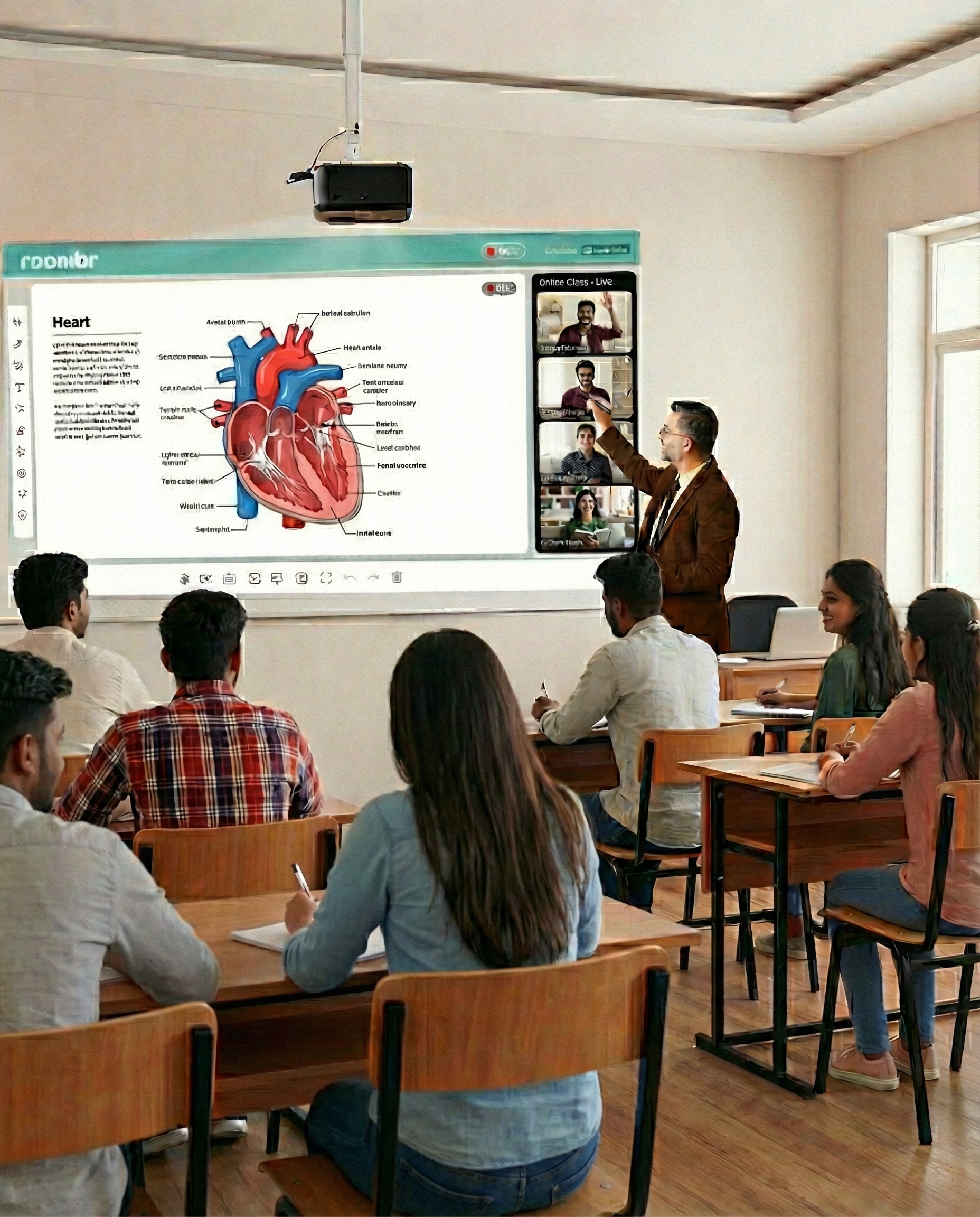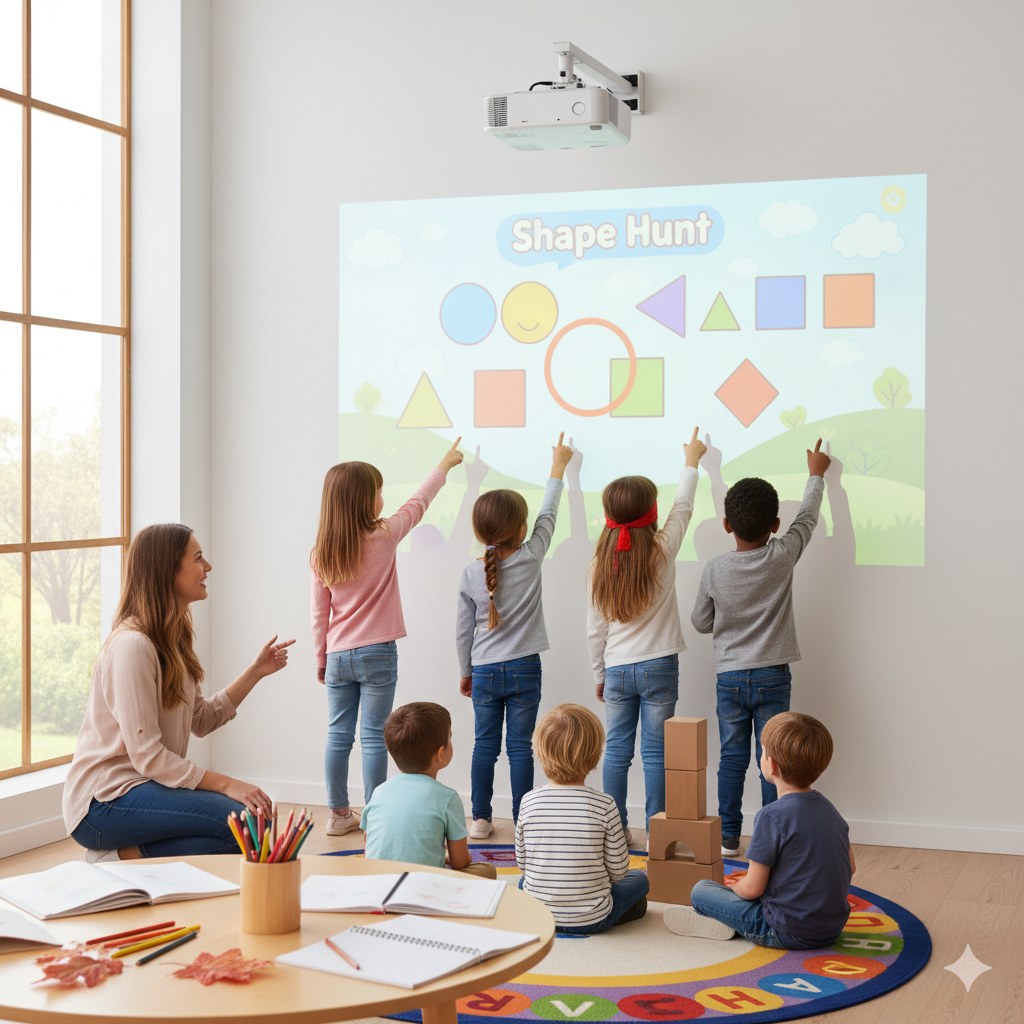How to Teach Chemistry Better with an Interactive Whiteboard

Chemistry is one of those subjects that excites and frustrates students in equal measure. On one side, it explains the world around us—why metals rust, how medicines work, or what makes fireworks sparkle. On the other, it often feels like a jungle of formulas, abstract structures, and experiments that only exist on paper.
For many teachers in India, this challenge is familiar. Blackboards or whiteboards can only go so far. Lab experiments are restricted because of safety concerns or budget limitations. And students, no matter how sharp, find it difficult to connect what’s written on the board with what actually happens in a reaction tube.
This is where an interactive whiteboard, sometimes called a digital board or smart board, changes the game. It doesn’t replace the teacher. It simply gives them better tools to explain chemistry in a way students can see, hear, and even interact with.
The Challenges of Teaching Chemistry on a Traditional Board
Let’s be honest. Drawing an atomic structure with chalk will never match the clarity of a 3D model. Teachers know this. Students know this. A benzene ring on a blackboard is just a hexagon with dots, but in reality, it’s a complex structure that needs visualization.
Lab work is another sticking point. Most schools can’t afford to run every experiment for every batch of students. Chemicals cost money, safety gear is limited, and sometimes labs are shared across multiple classes. As a result, students watch a handful of demonstrations and are left to imagine the rest.
The biggest hurdle is the gap between theory and practice. Writing “2H₂ + O₂ → 2H₂O” looks neat on paper. But students rarely get to see hydrogen burning to form water in real life. Without that connection, chemistry becomes rote learning instead of discovery.
How an Interactive Whiteboard Solves These Challenges

This is where digital teaching tools earn their place. An interactive whiteboard for the classroom doesn’t just display text, it brings the subject alive. Here’s how it helps in chemistry specifically:
1. Visualizing Molecules and Reactions in 3D
Instead of flat sketches, teachers can show 3D molecular structures on the interactive flat panel. Students can see how bonds form, break, or rearrange during reactions. Clicking on the periodic table isn’t just opening a chart, it’s opening doors to interactive models, properties, and trends.
This matters because students remember what they see. An interactive whiteboard in the classroom makes sure that instead of memorizing atomic numbers blindly, they connect the dots between theory and real structures.
2. Safe and Cost-Effective Virtual Labs
Here’s something every school administrator worries about—lab safety and costs. With an interactive board for teaching, you can simulate experiments virtually. Want to show how acids react with bases? Do it on the board without risking accidents. Want to run a titration experiment? Students can follow every step digitally before they even touch real lab equipment.
This doesn’t replace practical labs but supplements them. Students enter the lab better prepared, which saves time, cuts down on errors, and reduces the need for expensive chemical repetitions. For schools with tight budgets, this is a big win.
3. Recording and Replaying Lessons
Every teacher has faced the “Ma’am, I missed that step” moment. With a smart board for the classroom, lessons can be recorded in real time. Whether it’s a demo of balancing equations or a walkthrough of the periodic table, recordings can be shared later.
This is especially useful for absent students or those who need extra revision. Instead of re-explaining concepts multiple times, teachers can point students to lesson replays. It saves time and makes sure every student keeps up.
Interactive Whiteboard vs Traditional Teaching Tools in Chemistry
The difference between traditional methods and interactive ones is not just about convenience, it’s about depth of learning.
- Traditional board → abstract diagrams, limited recall.
- Interactive whiteboard → brings concepts to life with 3D models, simulations, and engaging visuals.
- Conventional lab → limited experiments because of safety concerns and high costs.
- Virtual labs on a digital board → unlimited safe practice before entering real labs.
It’s not about replacing chalk and lab equipment. It’s about giving teachers a stronger bridge between theory and practice.
Why Roombr Digital Classroom is Ideal for Chemistry Classrooms
Plenty of companies sell digital boards in India. But here’s where Roombr stands apart:
- Plug-and-play simplicity → teachers don’t need complex setups. Connect, power on, and start teaching.
- Massive 120–200” interactive display → perfect for showing detailed chemical structures and diagrams even in large classrooms.
- Dual camera system → record live experiments or full lessons with ease.
- High-performance i5/i7 processors → handle 3D simulations, interactive periodic tables, and virtual labs smoothly without lags.
For schools looking at digital classroom investments, Roombr is not just another panel. It’s the world’s first patented digital classroom technology made in India for India—built with the realities of Indian classrooms in mind.
Final Thoughts
Chemistry doesn’t have to feel abstract or intimidating. With the right tools, it can become one of the most engaging subjects for students. An interactive whiteboard helps teachers show, not just tell. It saves money, keeps students safe, and makes complex reactions easier to understand.
And when it comes to implementing this change, Roombr offers a solution tailored for Indian education—powerful, practical, and built to make classrooms future-ready.
Teach Chemistry Smarter with Roombr Digital Classroom
Chemistry lessons become more engaging when theory connects with real-world visuals. Roombr’s digital classroom solution turns any wall into a giant interactive display—perfect for exploring molecules, reactions, and virtual labs without costly setups. With dual cameras, lesson recording, and powerful processors, teachers can explain complex concepts clearly while students stay actively involved.
Designed for Indian classrooms, Roombr is simple to install, teacher-friendly, and built to future-proof learning. Upgrade beyond ordinary smart boards with the world’s first digital classroom technology made in India, for India.
Book a free demo and see how Roombr transforms chemistry teaching today!
Foziya Abuwala
Share
Step Into the future of
Education with Roombr

















